Phew. The last 6 months have been entirely too busy over at the Brown House, and, although I’m not entirely sure it’s wise to admit this out loud, some things just had to fall by the wayside. Knocking it out of the ball park at my day job, writing cookbooks like a crazy woman, re-modeling my kitchen, and recording a CreativeLive Workshop with the adorable Mr. Bailor left little time for things like replying to your emails, folding laundry, responding to your blog comments, keeping things flowing on social media, vacuuming, writing blog posts, website maintenance, and grocery shopping. And there was absolutely no paperwork getting done. And there’s definitely been no nutritional data and serving sizes for recipes. That didn’t even get on the bottom rung of my ladder.
I’ve felt like I was on one of those snazzy toboggans, hurtling down a steep and slippery slope with no way to stop or slow down and whizzing straight past all manner of good and worthy things without even a moment to glance at them. If I am brutally honest – which I do like to be – things on the home front all got in a bit of a pickle. I’ve spent the last few weeks trying to unbury myself and restore some order to the proceedings. So getting my taxes done the other week felt somewhat similar to the elation I imagine a gold-medal-winning Olympian experiences, since it took me waaaaaaaaaaaaaaaaaaaaay longer than it would have done if I’d churned through a teeny bit of paperwork every month. Nevertheless, the taxes are done! Hurrah!
No matter the excitement I am feeling about clawing my way out from my muddle, no matter the joy of feeling my brain get a bit less cluttered every day, I did want to mention that you were some of the good and worthy things that I missed while I was on my crazy, head-first trip down the toboggan run. I am sorry for being absent. I am sorry that I’ve missed emails and comments altogether, or am only just responding to some of them now. I hope you’ll forgive me, because I do love hearing from you even when I can’t respond. Your mails and comments and little notes of cheer are the best pick-me-ups in the world. As I have trawled through months of email figuring out what needed a response, what needed to be filed, and what could be trashed, I was touched over and over again by your kind and nurturing words, your success stories, your love of what I do, and your expressions of glee at this whole SANE thing. Going through much of my email backlog was like getting an enormous hug from the Universe. You’re the BEST!
I also discovered another recurring theme from some of you around recipe data, and since we have a whole crew of new folks join us recently {WELCOME!!!} I thought I’d just cobble together a blog post and get us all on the same page. I’ve received multiple requests for this information so I figured it was about time I explained myself to one and all.
Recipe Measurements
If you’ve been around my recipes for a while you’ll know that I am a huge proponent of weights instead of volume measures for dry ingredients. I don’t do this to make life difficult or complicated or more cumbersome for you. I do this so that you will get consistently great results from your cooking and baking exploits.
Using volume measures for liquids works great – a cup is a cup is a cup. But when it comes to dry ingredients, a cup is not a cup because the volume changes depending on what the ingredient is and how much it is packed into the cup. You know how in packages of dry foods there’s always a lot of air in the top? That’s because dry ingredients settle. They fill the container with the product but over time, and with movement, the contents take up less space. So a well-packed cup of almond flour weighs a different amount than a lightly-packed cup of almond flour and that’s when you start having problems – especially when it comes to baked goods where the ratios of ingredients really matters.
Using volume measures for dry ingredients mean you never get consistent results, and I don’t want that for you. I want these recipes to work for you every single time you make them. So when it comes to dry ingredients I will always and forever use a kitchen scale to weigh them, and I will never give you cup equivalents of the weights. I have only your best interests (and taste buds) at heart.
I urge you to avail yourself of a kitchen scale and would highly recommend this one because it is digital, weighs in both ounces and grams and is the one I have used for the past 13 years. I love how you can pull the display out so that you can use a humongous bowl on the scale and still see the weight. Plus, being able to weigh directly into your bowl or container, zero the weight out and then weigh the next ingredient straight into the bowl saves on washing up, and that can never be a bad thing.
You have probably noticed, too, that when I started posting recipes I used pounds and ounces for the measurements, because this is America. Who knew that in very short order we’d have a whole host of friends from all over the planet joining us to get awesome, healthy recipes? Our non-American friends using the metric system of grams and kilograms were understandably confused about why all the recipes were in old-fashioned weights.
When I started my first cookbook, Eat Smarter! Ice Creams, I realized I needed to write all the recipes in both ounces and grams to keep everyone humming along. Once I had done that I started writing all my new blog recipes in both weights too. One day – hopefully in the not-too-distant future – I will have a chance to go back and update all the earlier recipes with metric measurements, so no one will have to convert anymore. YAY!
In the meantime, here’s a handy-dandy site you can use to do any conversions that you need: http://www.gourmetsleuth.com/cooking-conversions.aspx
Nutritional Data and Serving Sizes for Recipes
There’s a reason I am not very prescriptive about serving sizes, and don’t list the amounts of protein, veggies or other nutrients for each recipe or per serving – actually there are several reasons – and I will never be persuaded to add this data.
- If I added nutritional information for each recipe the data would only be valid if you made the recipe EXACTLY as I wrote it, using EXACTLY the brands of ingredients that I use, and EXACTLY the quantities that I do, and most of the time that is not what happens. If I use Trader Joe’s non-fat Greek yogurt and you don’t because you don’t have a TJ’s close by, then right there my data for a recipe containing non-fat Greek yogurt would be inaccurate for what you actually end up consuming. The chicken breasts I buy might weigh more that yours – immediately my data is useless to you. I might buy 95% lean ground beef for my lasagna and you might have taken advantage of a sale on the 75% lean ground beef = inaccurate, not to mention misleading, data. There are just way too many variables for me to give you truly meaningful nutritional information on each recipe. You may *feel* better having some data to hang your hat on, but what’s the point of data that is not an accurate reflection of your version of my recipe or what you actually end up eating?
- Adding all that data encourages you to focus on things that we don’t need to focus on – like counting calories or micronutrients. Our focus should be to simply eat real whole foods. If you’re eating a variety of real whole foods you don’t need to worry because by default you will be eating only the most nutrient dense foods out there.
- We all have different appetites. The amount that is filling for me is not the same as the amount that is filling for you. We should eat when we are hungry and stop when we are full. There is no one-size-fits-all when it comes to serving sizes. There’s no point in telling you how much protein or how many veggies are in the serving size that I eat, because that probably won’t be the same size as the serving size that you eat. Again, my data could be misleading and wildly inaccurate compared to how much you actually eat. I am not in the business of misleading you.
- Slim is simple, not complicated. Adding all this extra data just complicates things that don’t need to be complicated. Keep it simple.
- Serving sizes are general guidelines and we should not get mired in details but stay focused on the big picture. I do the best I can to eat an abundance of non-starchy veg and protein but I don’t make myself uncomfortably full, because then meal times would become a battle and food my enemy, and we certainly don’t want that! Focus on food quality and you won’t go wrong. We get overweight because of the consumption of the wrong quality of food. Take the principles of LCHF / KETO and customize them to fit your lifestyle, where you are now, and your goals. All that will be different for you than for anyone else, which is why I don’t get so prescriptive on my blog and recipes about the quantity of what you should be eating, only the quality.
- Getting stressed over minutiae, micronutrients, and serving sizes will not help us get to where we want to go.
If you still like the comfort of some data though, here are two resources that will help:
- Nutrition Data – use the food search tool right at the top of the home page to get the nutrition stats on every food: http://nutritiondata.self.com/ This can help if you are wondering if a food is low carb, especially when it comes to vegetables.
- Recipe Nutrition Analyzer – you need to sign up (it’s free!), but then you can punch in all the ingredients for a recipe and the tool will spit out the equivalent of a nutrition label for that recipe: http://nutritiondata.self.com/mynd/myrecipes/

Don’t focus on nutritional data and serving sizes for recipes. Focus on good quality protein, fiber, water, whole-food fats, nuts, seeds, non-starchy veggies, and low-fructose fruits. Eat when you’re hungry, stop when you’re full. That’s it. Your body will take care of the minutiae.
Relax and enjoy!

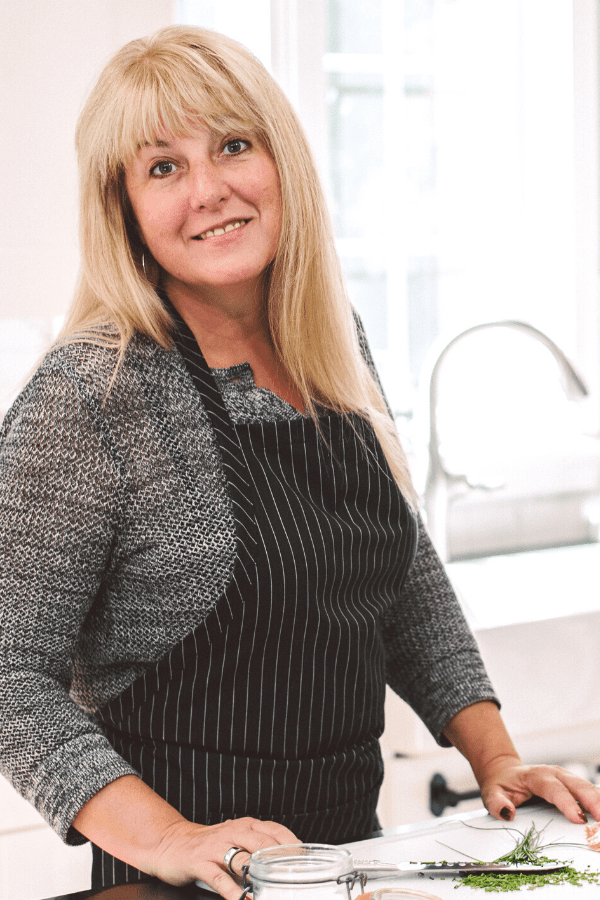

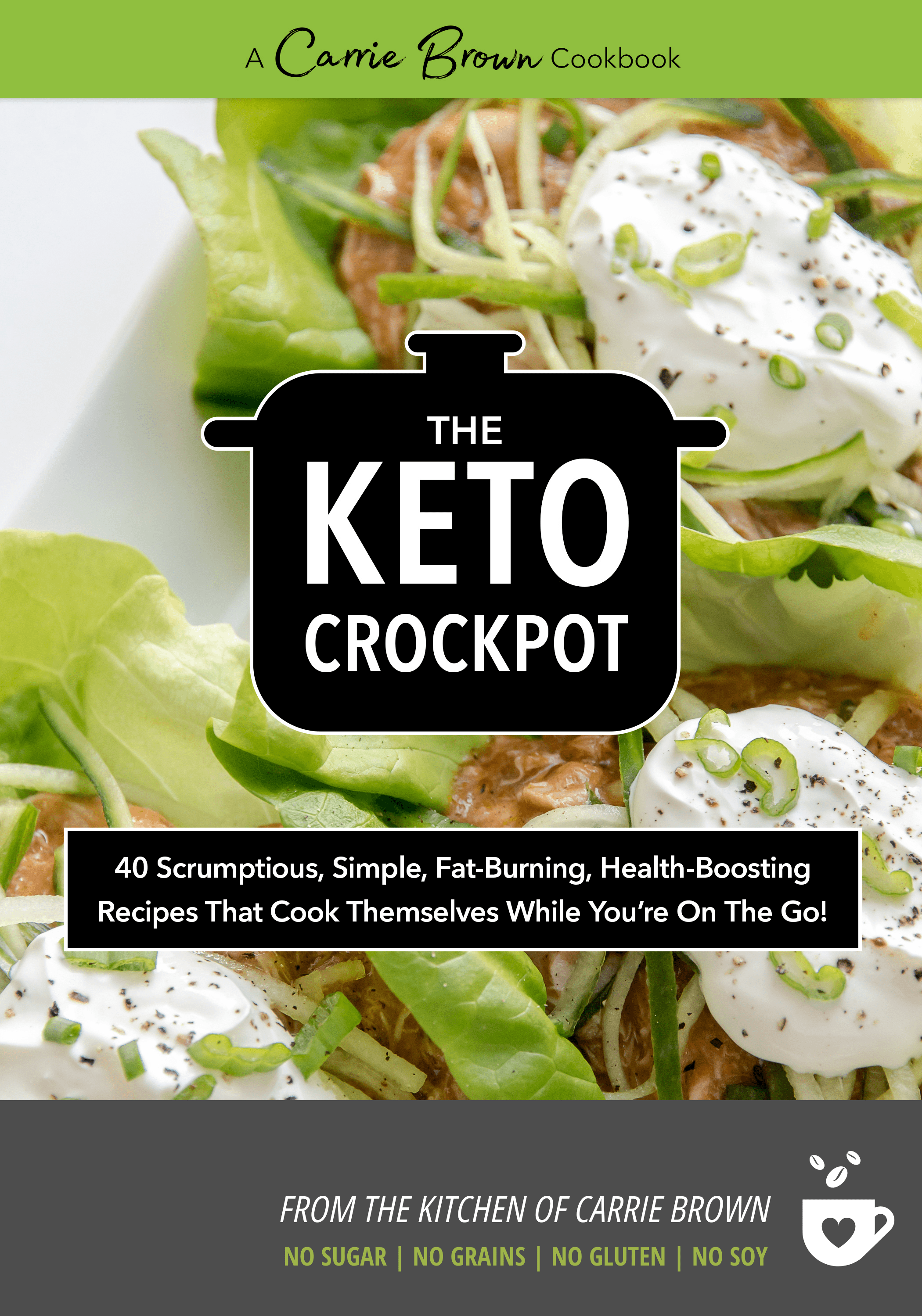
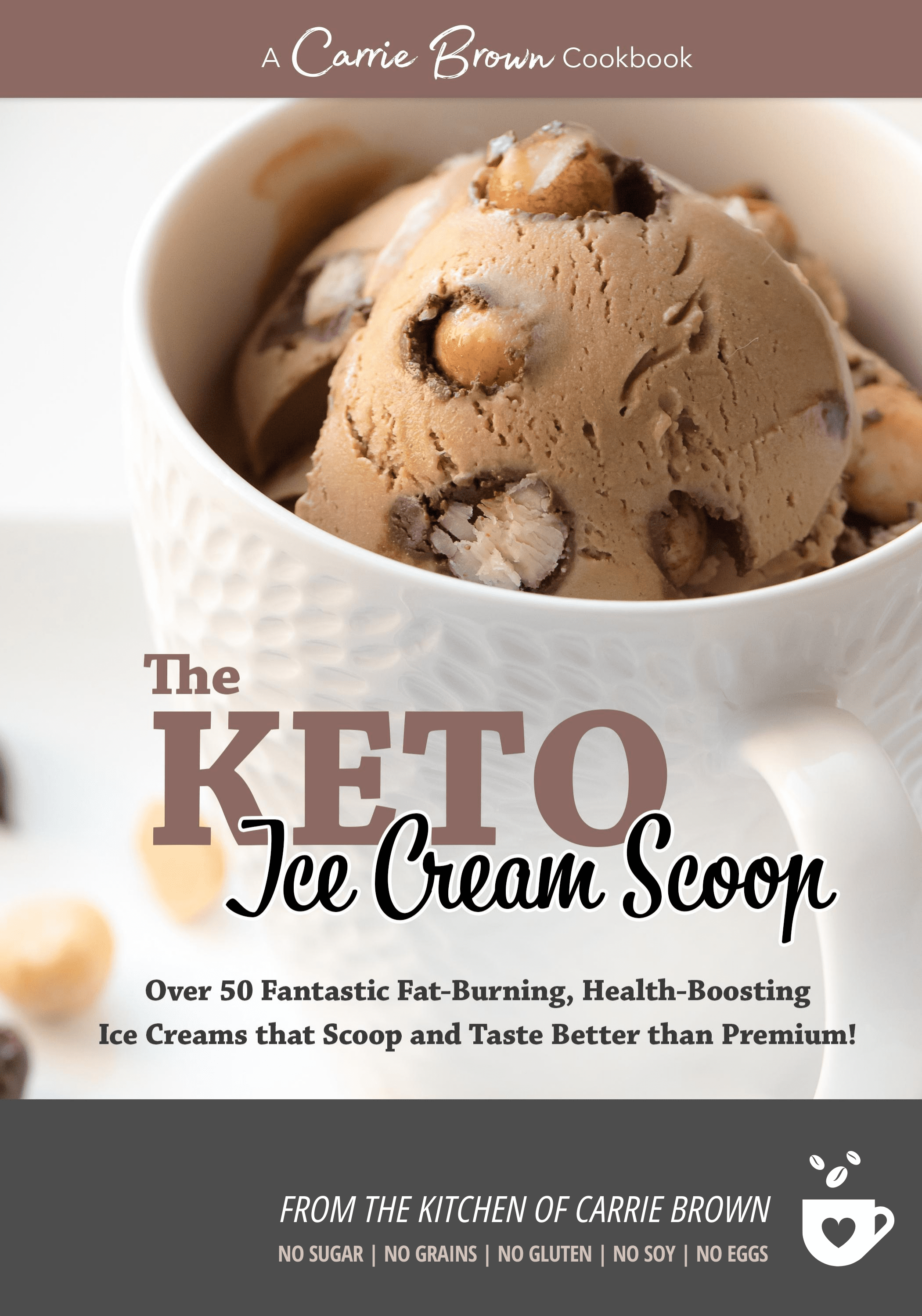
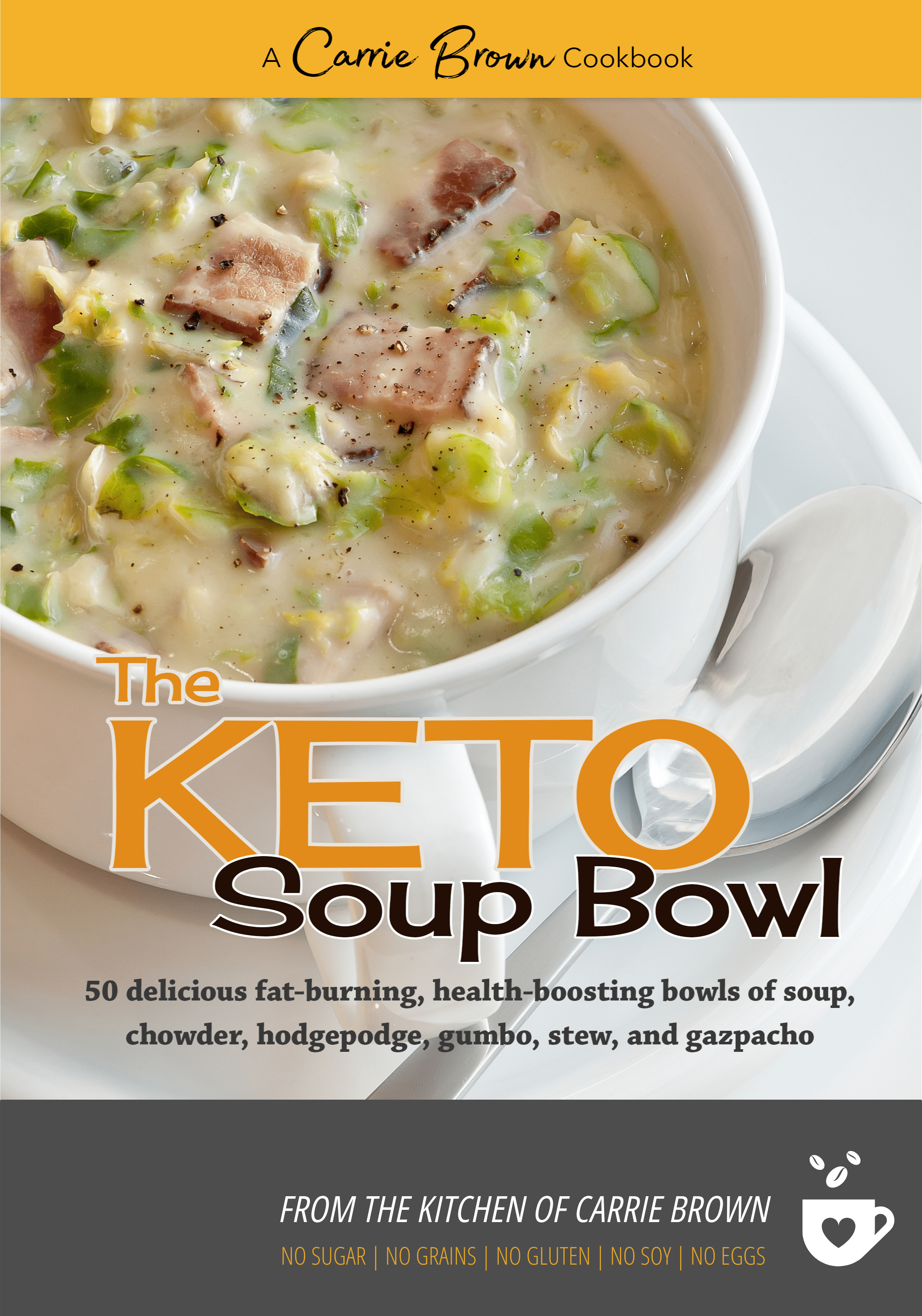
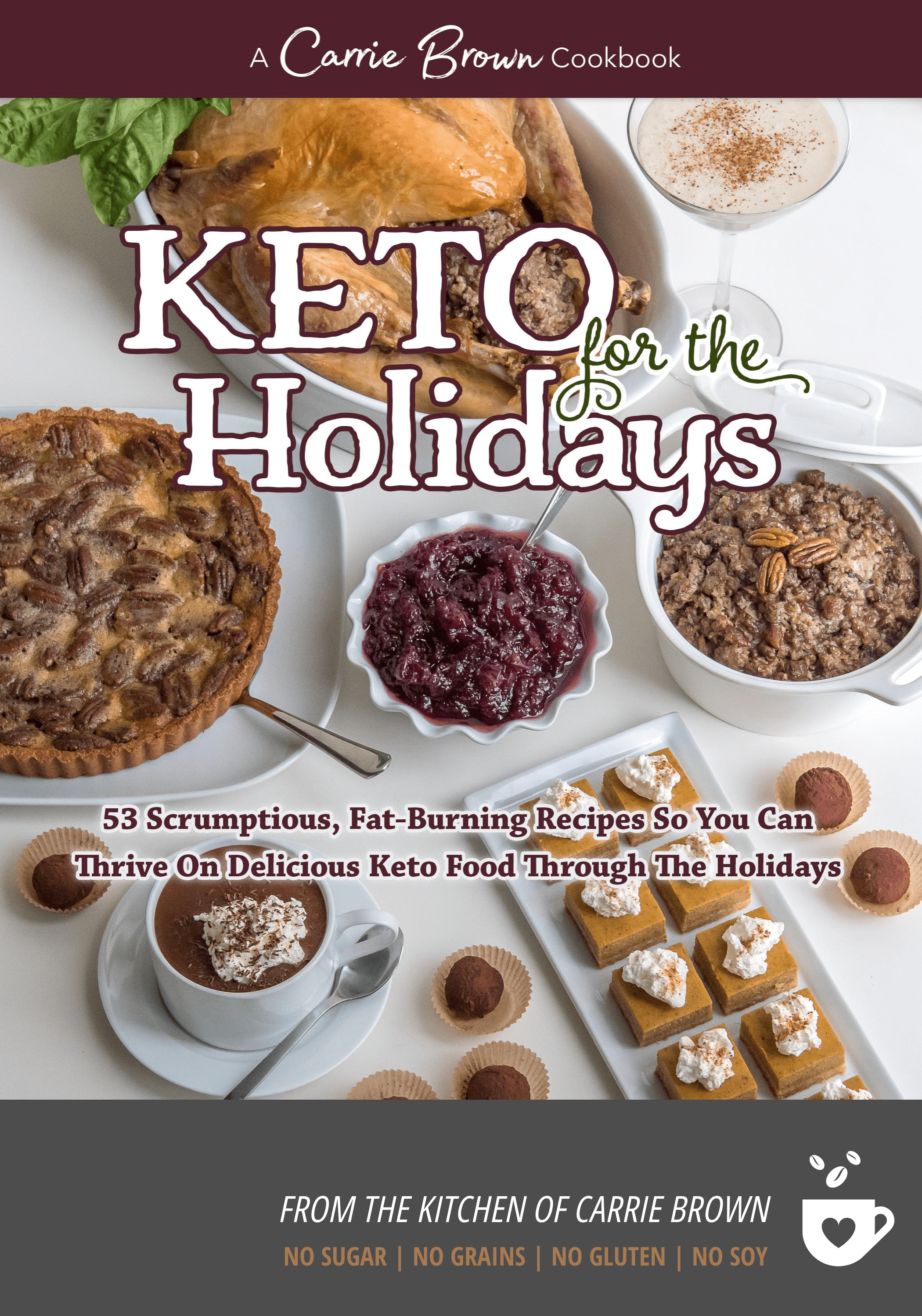








RoseWe have missed you but 3D life must come first! Thanks again for the reminders of priority eating. My struggle is little appetite + figuring out my hypothyroidism = weight gain with little appetite. Today I’ve had organic coffee/organic heavy cream/MCT Oil, organic beef jerky and about 5 paleo macaroons (bought from Julian Bakery, highly recommend them) and wasn’t even hungry for the macaroons (just wanted to eat something in the evening). So eating too much or not enough is truly a challenge for many readers out there.
Carrie, here’s a thought for your next recipe book… Many paleo/natural eating guides (i.e. “Deep Nutrition” by Dr. Cate Shanahan) recommend organ meats, which are not even *remotely* on the U.S. dietary palette. I recently bought from my local farmer (grass fed beef) tongue and heart. I’ve found tutorials on how to clean and prep these organs for meals and universe willing at some point I can work up the courage… I guess my question is, do you have some ideas on how Americans/Westerners with little to no organ meat prep/cook experience can incorporate these nutritional (and very much affordable) proteins without grossing us out in the process? 😀
Carrie, you always bring a smile to my face. Thank you again!
Rose
laurab.Thank you so much Carrie! I love your common sense, CALM approach! I have too much stress and tension, as it is, to start obsessing over every tiny detail re: exact nutritional analysis. 🙂
BelIn your recipes you use Glucomannan Powder or Konjac Flour. Could Xanthan Gum be used in its place?
Thank you for all the wonderful recipes. Excited to use them this holiday!